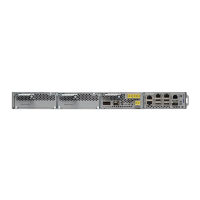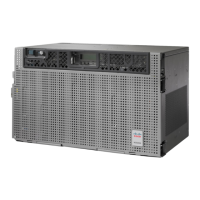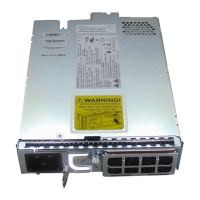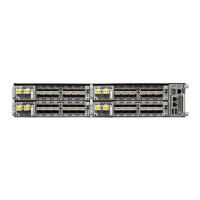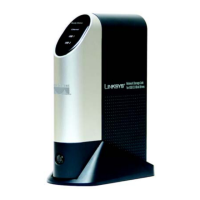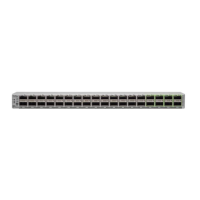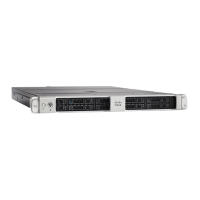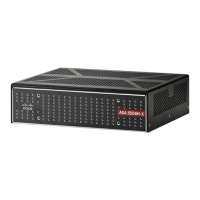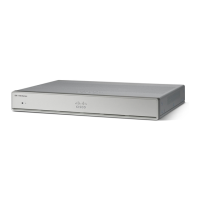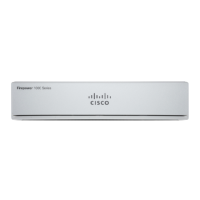------------------------------------------------
Capability codes:
(R) Router, (B) Bridge, (T) Telephone, (C) DOCSIS Cable Device
(W) WLAN Access Point, (P) Repeater, (S) Station, (O) Other
Local Controller: fortyGigECtrlr0/0/0/7
Source MAC Address: 0010.9400.0001
Chassis ID: 192.85.1.3
Port ID: 0010.9400.0001
Port Description: Spirent Port
System Name: not advertised
System Description: Spirent Test Center
Hold Time(TTL): 99 seconds
System Capabilities: N/A
Enabled Capabilities: N/A
Management Address: not advertised
LLDP Packet Drop FALSE
enabled:
RX LLDP Packet 88
Count:
RP/0/RP0/CP0: ios#
Using Trail Trace Identifier
A Trail Trace Identifier (TTI) is used for verifying the optical connection on the trunk side.
Use the following procedure to configure and verify the TTI.
Step 1 controller coherentDSP R/S/I/P tti {sent | expected} ascii string
Configures the transmit and expected TTI strings. The ASCII text string can be a maximum of 64 characters. The TTI
string has to be configured on both the trunk ports that are inter-connected to each other. If a pattern mismatch occurs, a
TIM alarm is raised.
Source Access Point Identifier (SAPI), Destination Access Point Identifier (DAPI), and operator inputs are not
supported.
Note
Example:
RP/0/RP0/CPU0:ios(config)# controller coherentDSP 0/0/0/12 tti sent ascii abc
RP/0/RP0/CPU0:ios(config)# controller coherentDSP 0/0/0/12 tti expected ascii abc
Troubleshooting Guide for Cisco NCS 1002, IOS XR Release 6.3.x
21
General Troubleshooting
Using Trail Trace Identifier
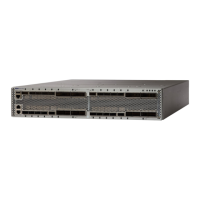
